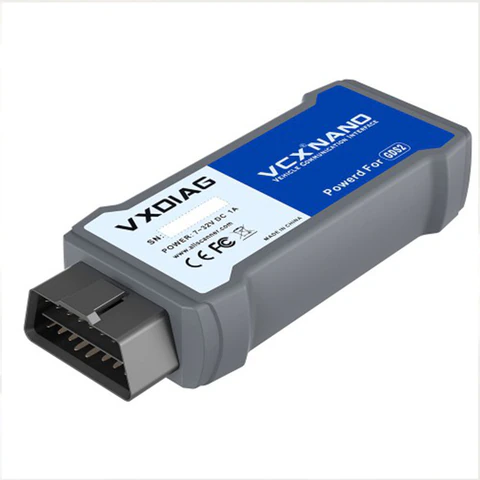In the realm of modern technology, the integration of software systems has become increasingly complex, paving the way for innovative tools and solutions. One such tool is GDS2KEY, a program designed to generate cryptographic keys. However, despite its potential, users occasionally encounter the frustrating issue of being unable to generate a key using GDS2KEY. This article delves into the common reasons behind this problem and provides a comprehensive troubleshooting guide.
Understanding GDS2KEY and Its Importance
GDS2KEY plays a pivotal role in modern encryption and security processes. It enables users to generate cryptographic keys, which are essential for secure data transmission and communication. These keys serve as digital locks, ensuring that sensitive information remains inaccessible to unauthorized parties.
Possible Causes for Key Generation Failure
Hardware Compatibility Issues
One common stumbling block in key generation is hardware compatibility. GDS2KEY may require specific hardware specifications to function optimally. Insufficient computing power, outdated hardware components, or incompatible devices can hinder the key generation process.
Software Configuration Problems
Software configuration errors can also lead to key generation failure. Misconfigured settings, conflicting programs, or outdated software versions might disrupt the smooth operation of GDS2KEY.
Insufficient Input Data
Accurate key generation heavily relies on robust input data. If the input data provided to GDS2KEY is insufficient or of poor quality, the generated key might not meet the required standards, leading to potential vulnerabilities.
Security Protocol Conflicts
GDS2KEY interacts with various security protocols and encryption standards. If there are conflicts between these protocols, the key generation process could be compromised. It’s essential to ensure that the protocols used are compatible and aligned.
Troubleshooting Steps for GDS2KEY Key Generation
Step 1: Hardware Compatibility Check
Begin troubleshooting by verifying that your hardware meets the recommended specifications for GDS2KEY. Upgrading components if needed can significantly improve performance.
Step 2: Review Software Configuration
Thoroughly examine the software’s configuration settings. Update any outdated software versions and ensure that there are no conflicting programs that might interfere with GDS2KEY’s functionality.
Step 3: Ensure Adequate Input Data
Double-check the input data provided to GDS2KEY. High-quality, comprehensive input data enhances the accuracy of key generation. Make sure the input data aligns with the encryption standards you intend to use.
Step 4: Address Security Protocol Conflicts
Review the security protocols used in conjunction with GDS2KEY. Address any conflicts or inconsistencies between different protocols. Ensure that they complement each other rather than hinder the key generation process.
Enhancing GDS2KEY Performance for Key Generation
To optimize GDS2KEY’s performance and prevent key generation issues in the future, consider the following strategies:
- Regular Software Updates: Stay up-to-date with the latest software releases to benefit from bug fixes and performance improvements.
- Utilizing Reliable Input Sources: Source input data from trustworthy and well-structured databases to ensure accurate key generation.
- Hardware Upgrades and Optimization: If possible, upgrade your hardware components for smoother and faster key generation.
Conclusion
In the world of encryption and security, GDS2KEY is a valuable tool for generating cryptographic keys. When faced with the frustrating issue of being unable to generate a key using GDS2KEY, following the troubleshooting steps outlined in this guide can help you overcome obstacles and ensure successful key generation.










